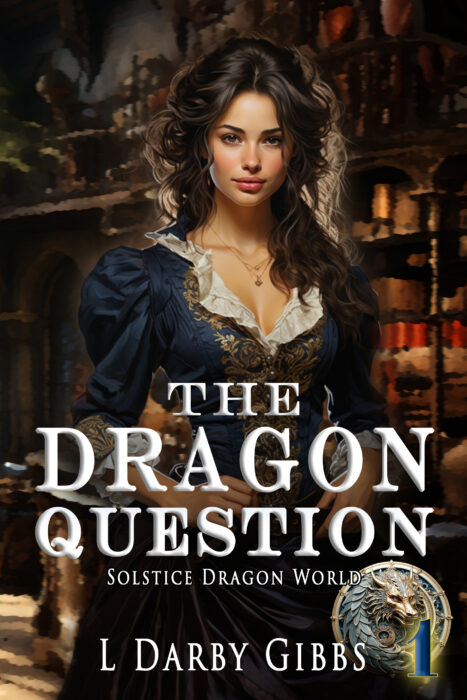My treadmill: an oldie but a goodie It has been interesting how my writing process has changed over time. I’ve always approached every writing project with an idea of how the story was going to end. Sometimes I have an outline but usually not. Looking back, I can see some constants: a title tends to…
Tag: character development
Life is always at the point of the pendulum swing. Events over the Christmas break have started me thinking about how reality and how we think we will react to life’s swings of the pendulum are always different. Several years ago, after my father died, my sister and I decided we were going to go…
We fiction writers attempt to create authentic character experience, largely from events we have never experienced. Of course, we often draw from memories to bring verisimilitude to our writing, but just as often, if not more so, we write of things we have never seen, touched, emotionally felt or responded to. Writers attempt to create…
I read an article about the various distinct cultural nations within the United States and found it very useful for determining the underlying influences of characters in fiction. In this article which made use of the work of Colin Woodard, Matthew Speizer provides (This map shows the US really has 11 separate ‘nations’ with entirely…
Talking the story into life Partner and group brainstorming: I use this technique in my creative writing class. We gather around the table and discuss ideas. After we settle on one, I step back and write down each plot point or character decision as they work through them and build a consensus. Now and then…
Not just plants are regional: words, too. I moved all over the place when I was a kid, and I collected words and differences in pronunciation of words like most kids collected bubble gum trading cards. Milkshake, cabinet, frappe Even though these words reference the same thing, each brings a different feel to the image….
Let’s face it, Ernest Hemingway does everything right, so I could focus on a variety of qualities in his writing and gain insight. But for the purpose of this post, I am giving my attention to his use of theme, so I am turning to the high school standard read The Old Man and the…
The pen is my sword. I have written before that writers are readers. We read for our own enjoyment and to learn techniques, both through exposure to well-written work and through examination of the works we read. Lu Chi’s Wen Fu (which I have cited in the past) said it best: When cutting an axe…
